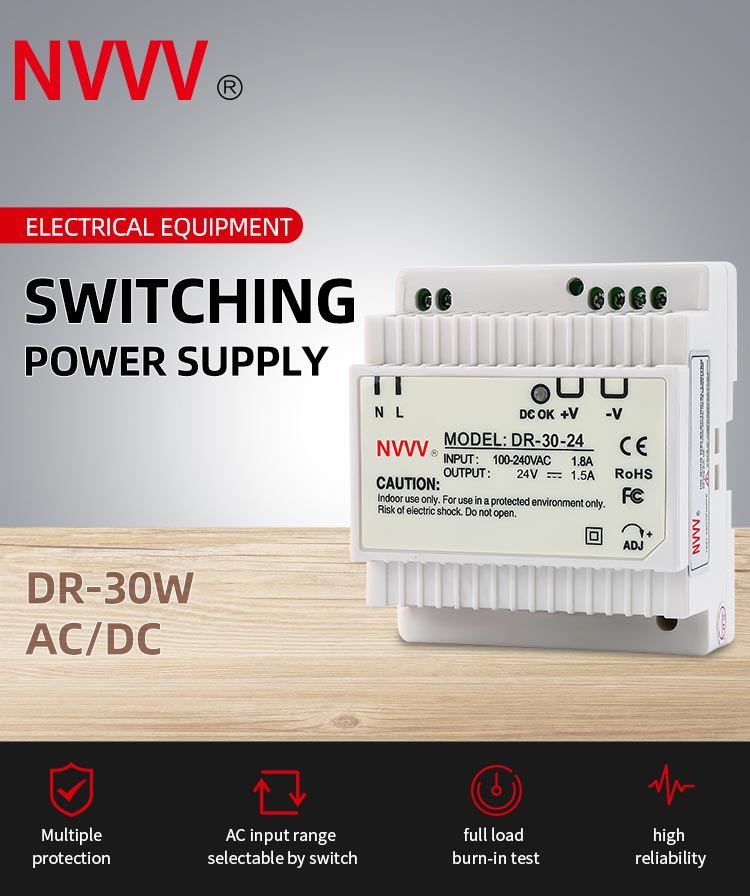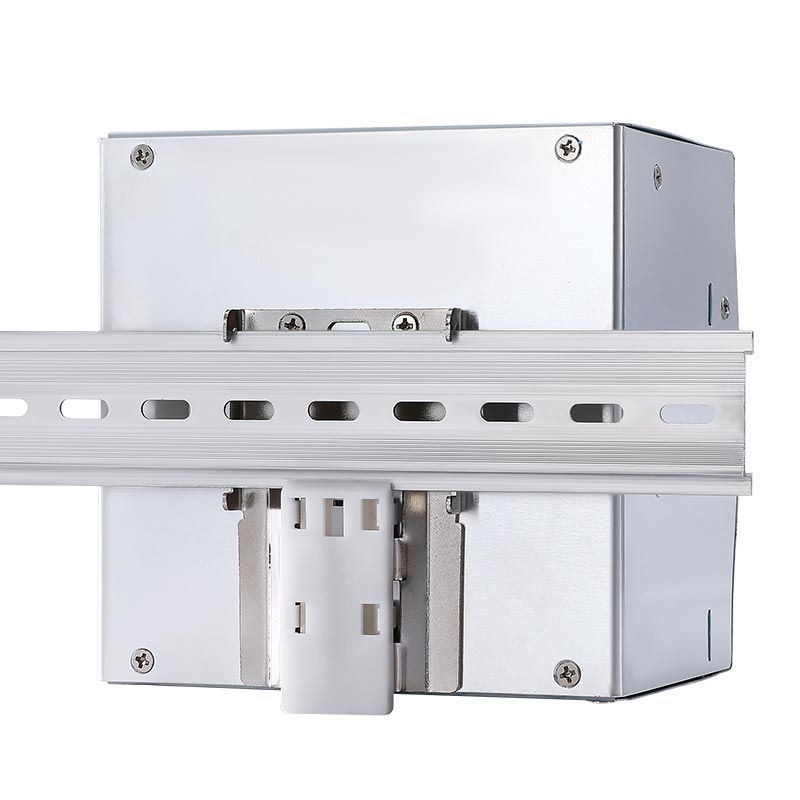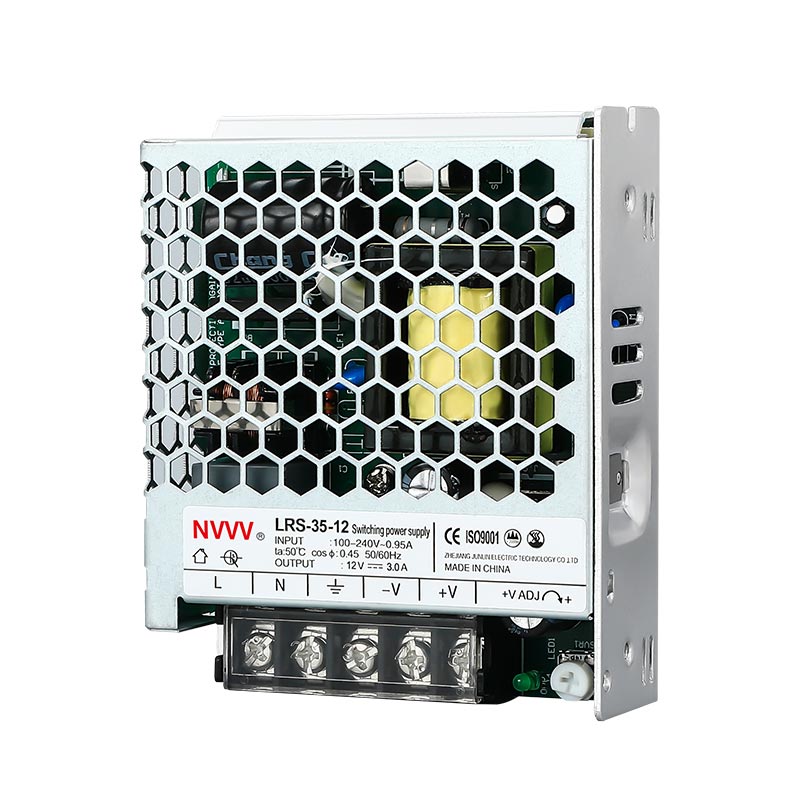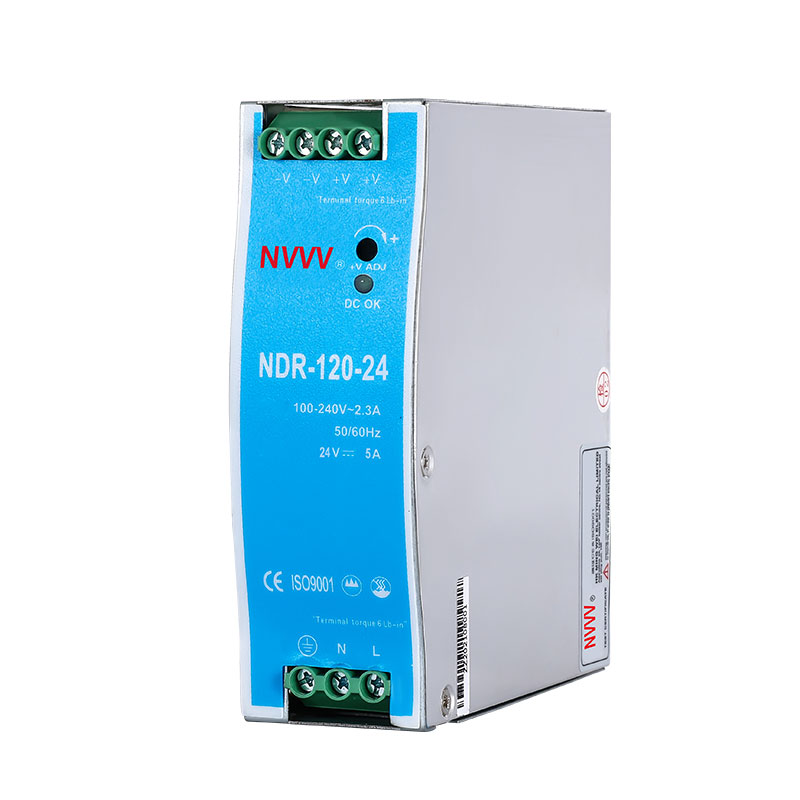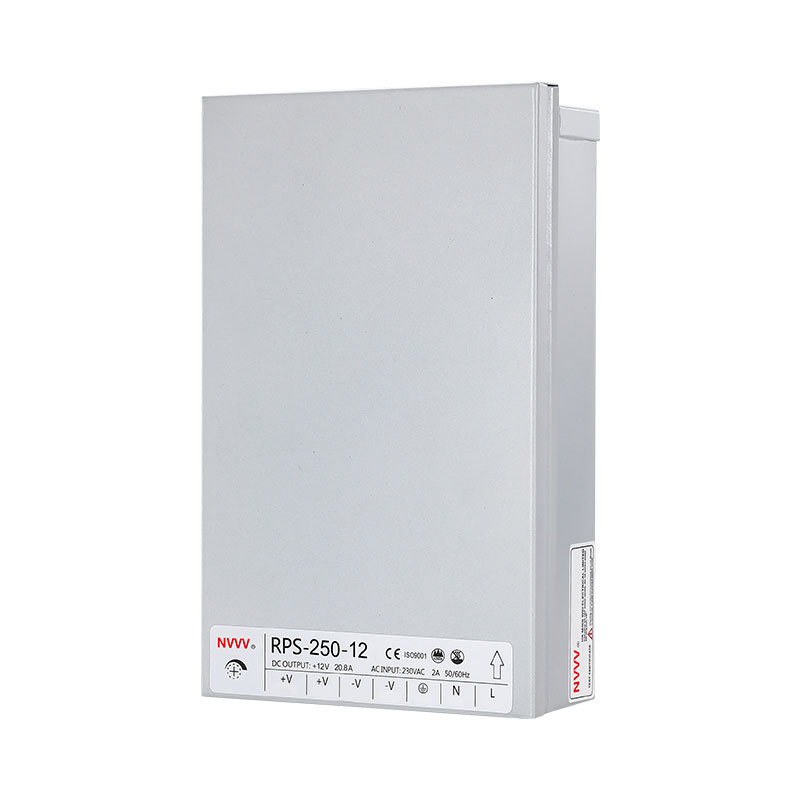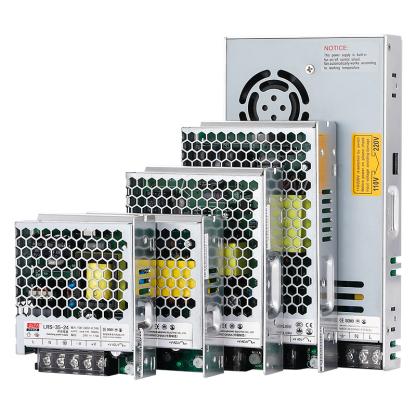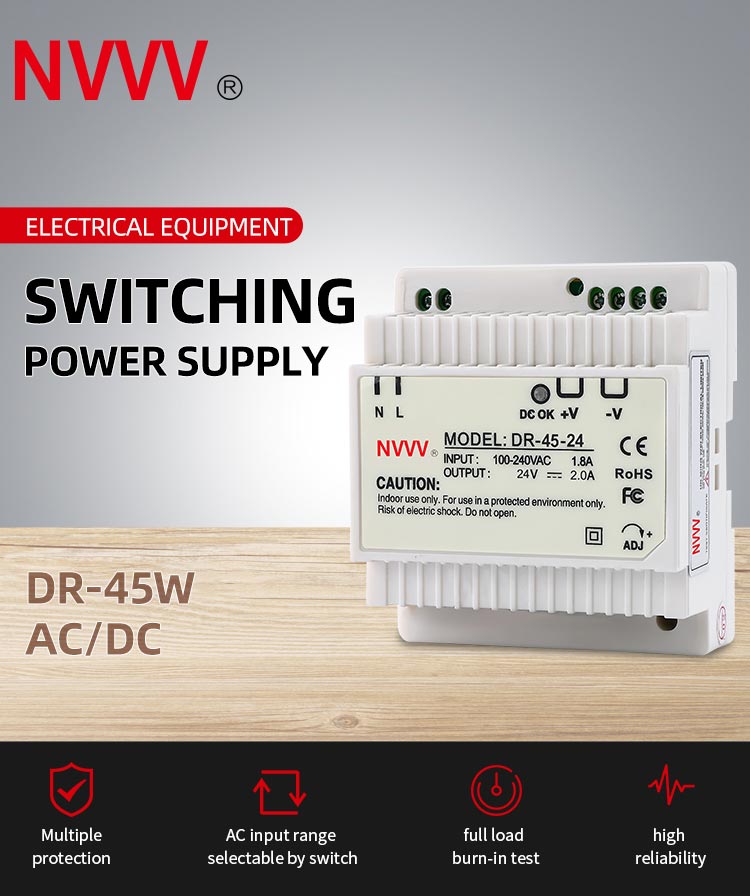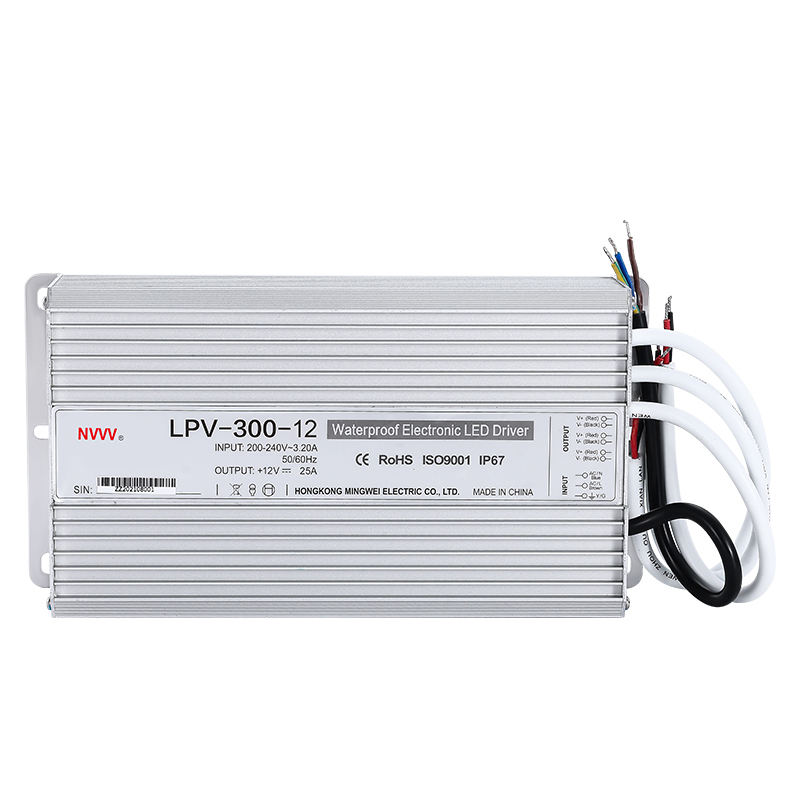What is a DIN Rail Power Supply?
A DIN Rail power supply is a specialized device used to convert input voltage into a stable output voltage for industrial applications. These devices are mounted on DIN rails, a universal type of metal rail used for mounting electrical devices and automation components within enclosures. This article delves into every aspect of DIN Rail power supplies, covering their basics, benefits, technological advancements, and best practices for use.Explore the essential guide on DIN Rail power supplies, understanding how they work, their types, applications, and how to select and use them effectively for industrial purposes.
Understanding the Basics
What is a DIN Rail?
A DIN rail is a metal rail of a standard type widely used for mounting circuit breakers and industrial control equipment inside equipment racks. These rails provide a standardized fixture in many industrial systems, allowing for a straightforward method to secure various components neatly alongside each other within a compact space.
How DIN Rail Power Supplies Work
DIN rail power supplies transform AC or DC inputs into a stable DC output. They are crucial for powering a variety of industrial and automation equipment, ensuring that each component receives the correct voltage and current necessary for optimal operation.
Key Features of DIN Rail Power Supplies
DIN rail power supplies are favored for their robustness and reliability. Key features typically include:
- Adjustable output voltages
- High efficiency
- Overvoltage, overcurrent, and short circuit protection
Types of DIN Rail Power Supplies
Linear vs. Switching Power Supplies
The two main types of DIN rail power supplies are linear and switching. Linear supplies offer simplicity and low noise, while switching supplies provide greater efficiency and flexibility under varied load conditions.
Specialized Power Supplies for Specific Applications
Some DIN rail power supplies are designed specifically for unique applications, such as telecommunications, where they may need to handle exceptionally low or high temperatures.
Specifications and Features
Voltage and Current Specifications
Understanding the voltage and current specifications is crucial when selecting a DIN rail power supply. These specifications ensure the power supply can handle the expected electrical load without performance degradation.
Efficiency Ratings
Efficiency is key in reducing operational costs in industrial settings. Modern DIN rail power supplies often boast high efficiency ratings, minimizing energy loss.
Protection Features (Overload, Overvoltage, Short Circuit)
Safety features are integral to preventing damage to electrical components. DIN rail power supplies typically include several protective measures to ensure the longevity and safety of both the power supply and the connected equipment.
Benefits of Using DIN Rail Power Supplies
Space Efficiency
One of the primary benefits of DIN rail power supplies is their space-saving design. Mounted on DIN rails, they require less panel space, allowing for more compact and organized installations.
Ease of Installation
These power supplies are designed for easy installation with standardized clips for DIN rail mounting, facilitating quick setup and modifications.
Modular Design Benefits
The modular nature of DIN rail installations makes it easy to add or rearrange components as systems expand or needs change.
Applications of DIN Rail Power Supplies
Automation Systems
DIN rail power supplies are extensively used in automation, where they power sensors, actuators, and other control system components.
Communication Equipment
These power supplies ensure that communication equipment operates reliably under all conditions, providing consistent power for critical network infrastructure.
Lighting Systems
They are also found in lighting systems, particularly in complex industrial environments, where they ensure lighting operates efficiently and reliably.
Selection Criteria
How to Choose the Right DIN Rail Power Supply
Selecting the right power supply involves considering several factors, including voltage and current needs, efficiency, the environment in which it will operate, and the specific features required for the application.
Comparison of Different Models
It is beneficial to compare various models to find one that offers the best balance of features, performance, and cost.
Comparing DIN Rail Power Supplies to Other Power Supply Types
Advantages Over Traditional Power Supplies
DIN rail power supplies offer several advantages over traditional power supplies, including modularity, ease of installation, and space efficiency.
Situations Where DIN Rail Power Supplies are Preferred
DIN rail power supplies are particularly preferred in various situations due to their modular design, efficiency, and ease of installation. Here are some common scenarios where these devices are ideally suited:
Industrial Automation: In environments such as manufacturing plants or automated warehouses, DIN rail power supplies are favored because they can easily be integrated into control panels and electrical enclosures. Their robust design withstands the harsh conditions often found in industrial settings.
Telecommunication Infrastructure: These power supplies are suitable for telecommunications equipment because they can offer the necessary reliability and can handle varying operational temperatures, which is crucial for continuous, uninterrupted service.
Complex Electrical Systems: In systems requiring multiple electrical components to be organized neatly and efficiently, DIN rail power supplies provide a streamlined solution. The ability to mount various devices on a single rail facilitates better cable management and easier maintenance.
Building Automation and Smart Home Systems: For advanced building management systems that integrate various sensors, controllers, and actuators, DIN rail power supplies ensure consistent performance and reliability. They are also useful in home automation for managing lighting, security, and other home systems centrally and efficiently.
Renewable Energy Systems: In setups such as solar power stations or wind farms, where equipment must operate under variable environmental conditions, DIN rail power supplies provide the necessary flexibility and durability. Their high efficiency and protective features are essential for maximizing the uptime and lifespan of renewable energy systems.
Transportation Infrastructure: DIN rail power supplies are also ideal for use in transportation systems, including railway signaling, airport lighting, and traffic control systems. Their ability to function reliably in diverse environments ensures that critical transportation infrastructure operates smoothly.
Research and Development Labs: Laboratories that require precise and stable power delivery for sensitive equipment often use DIN rail power supplies. Their fine-tunable output settings and protection features help prevent damage to expensive and delicate instruments.
FAQs About DIN Rail Power Supplies
What makes DIN rail power supplies unique?
DIN rail power supplies are unique due to their modular design, which allows for easy installation and reconfiguration on standardized DIN rails commonly used in industrial settings. This modularity not only simplifies maintenance and upgrades but also helps in optimizing space within electrical enclosures. Furthermore, these power supplies often include advanced safety features such as overvoltage, overcurrent, and short circuit protection, which enhance their reliability and suitability for demanding industrial applications.
Can DIN rail power supplies be used in residential settings?
Yes, DIN rail power supplies can be used in residential settings, particularly in home automation systems and where sophisticated lighting and security systems are installed. Their reliability and compact design make them suitable for integrating into residential electrical panels where space and safety are prioritized. However, their use in residential environments typically depends on the specific electrical requirements and the complexity of the installation.
How to integrate a DIN rail power supply into an existing system?
To integrate a DIN rail power supply into an existing system, follow these steps:
- Assessment: Evaluate the current system's voltage and power requirements and compare these with the specifications of the DIN rail power supply to ensure compatibility.
- Installation: Mount the power supply onto the DIN rail within the electrical enclosure. Ensure it snaps securely onto the rail.
- Wiring: Connect the input terminals of the DIN rail power supply to your power source, and the output terminals to the devices or systems that require power. Make sure to observe correct polarity and secured connections.
- Testing: Once connected, test the system thoroughly to ensure the power supply is operating correctly and safely delivering the required voltage and current.
- Maintenance: Regularly check and maintain the connections and the functionality of the power supply to ensure optimal performance and safety.
Conclusion
DIN rail power supplies represent a specialized and versatile solution for a wide array of industrial and residential applications. Characterized by their ability to convert input voltage into stable output voltage, these devices are crucial for ensuring the reliable operation of various systems—from industrial automation to telecommunication infrastructures. Their unique selling points include a modular design that simplifies installation and maintenance, high efficiency, and robust safety features like overvoltage, overcurrent, and short circuit protection. These features not only enhance their operational reliability but also make them suitable for use in complex and demanding environments. The adaptability of DIN rail power supplies allows them to be neatly integrated into existing systems, making them a preferred choice for settings that require organized, space-efficient, and safe power solutions. Whether it's in a high-demand industrial setting or a sophisticated home automation system, DIN rail power supplies offer significant advantages, underscoring their critical role in modern electrical and automation systems.

